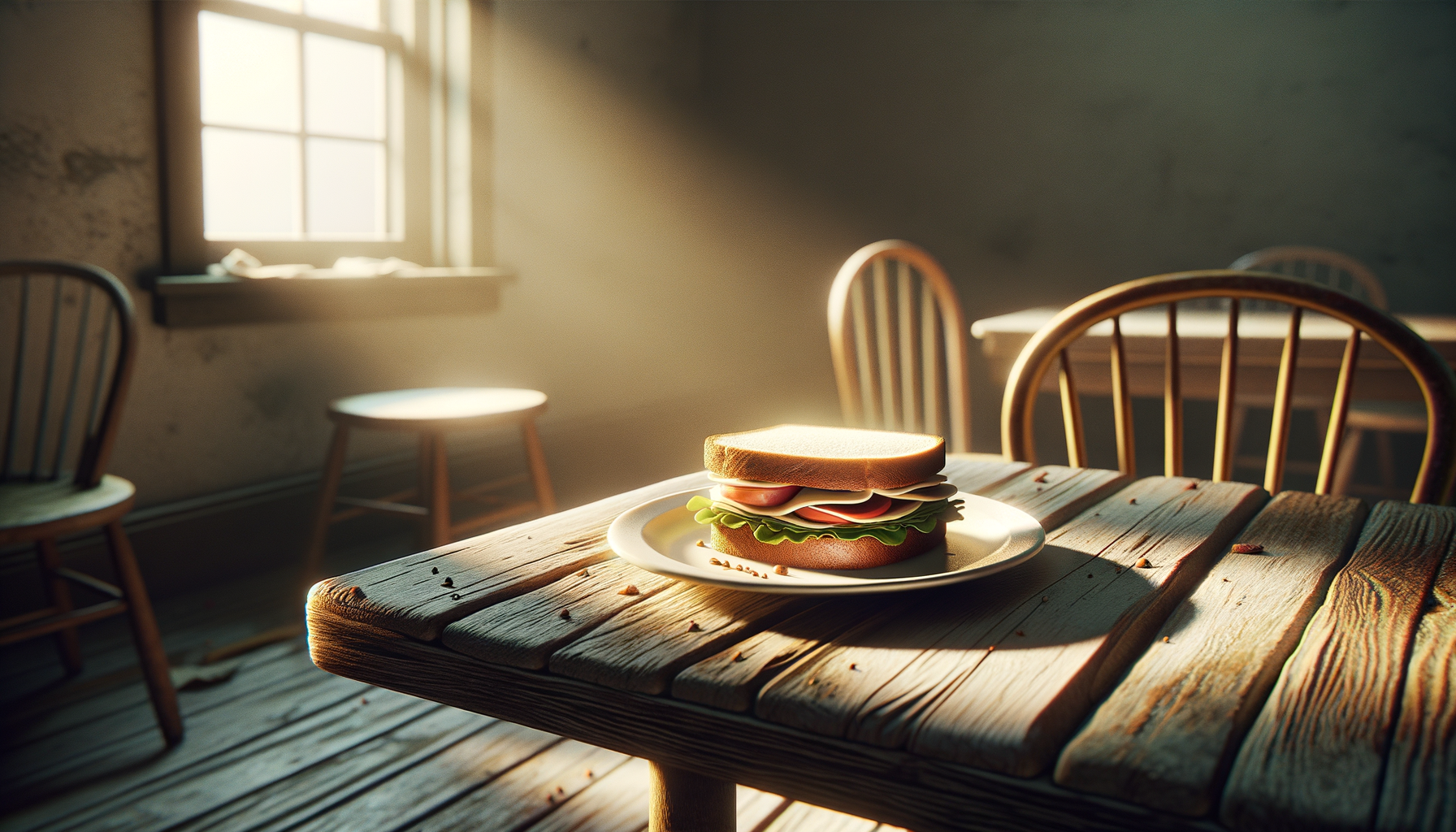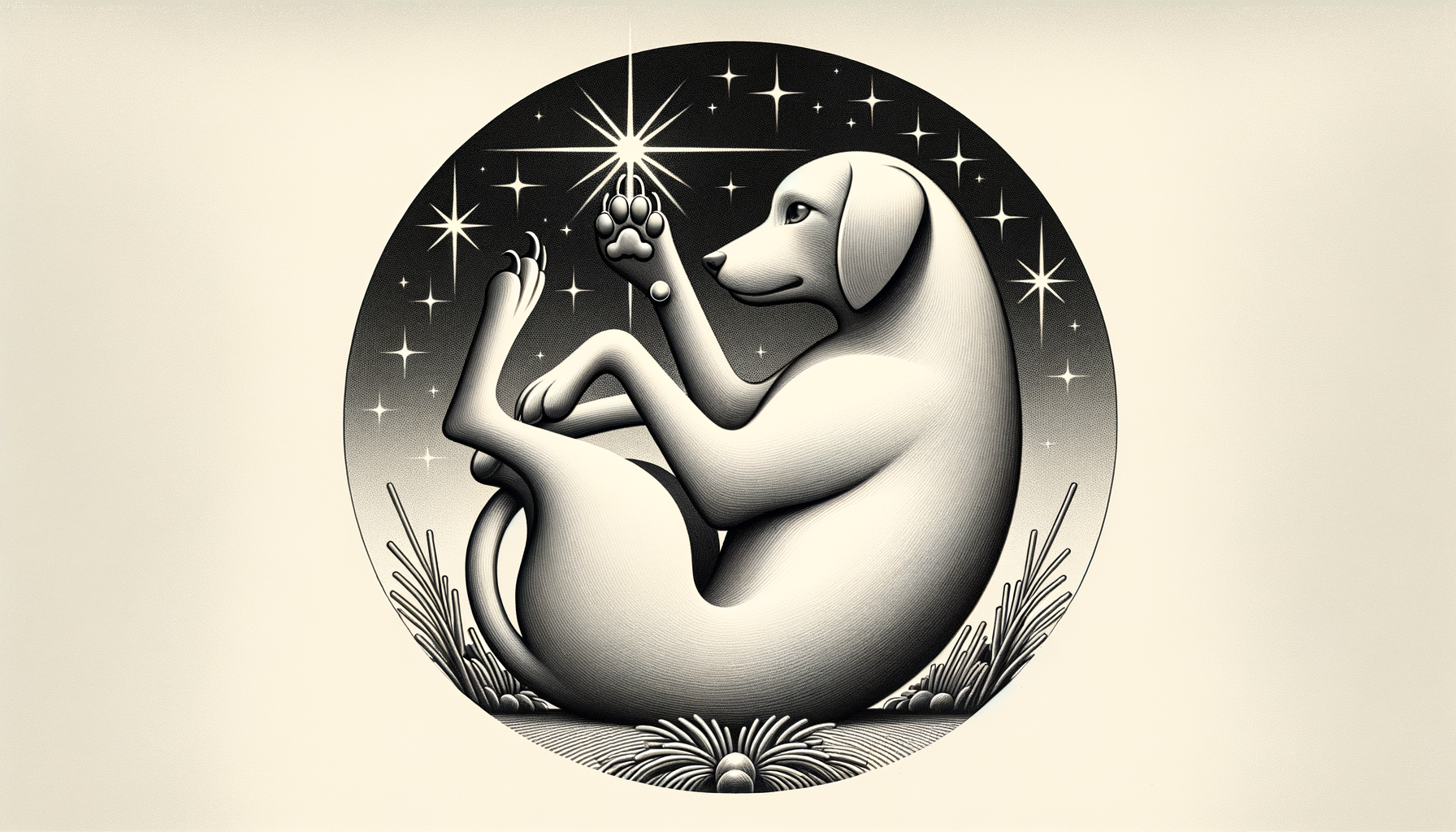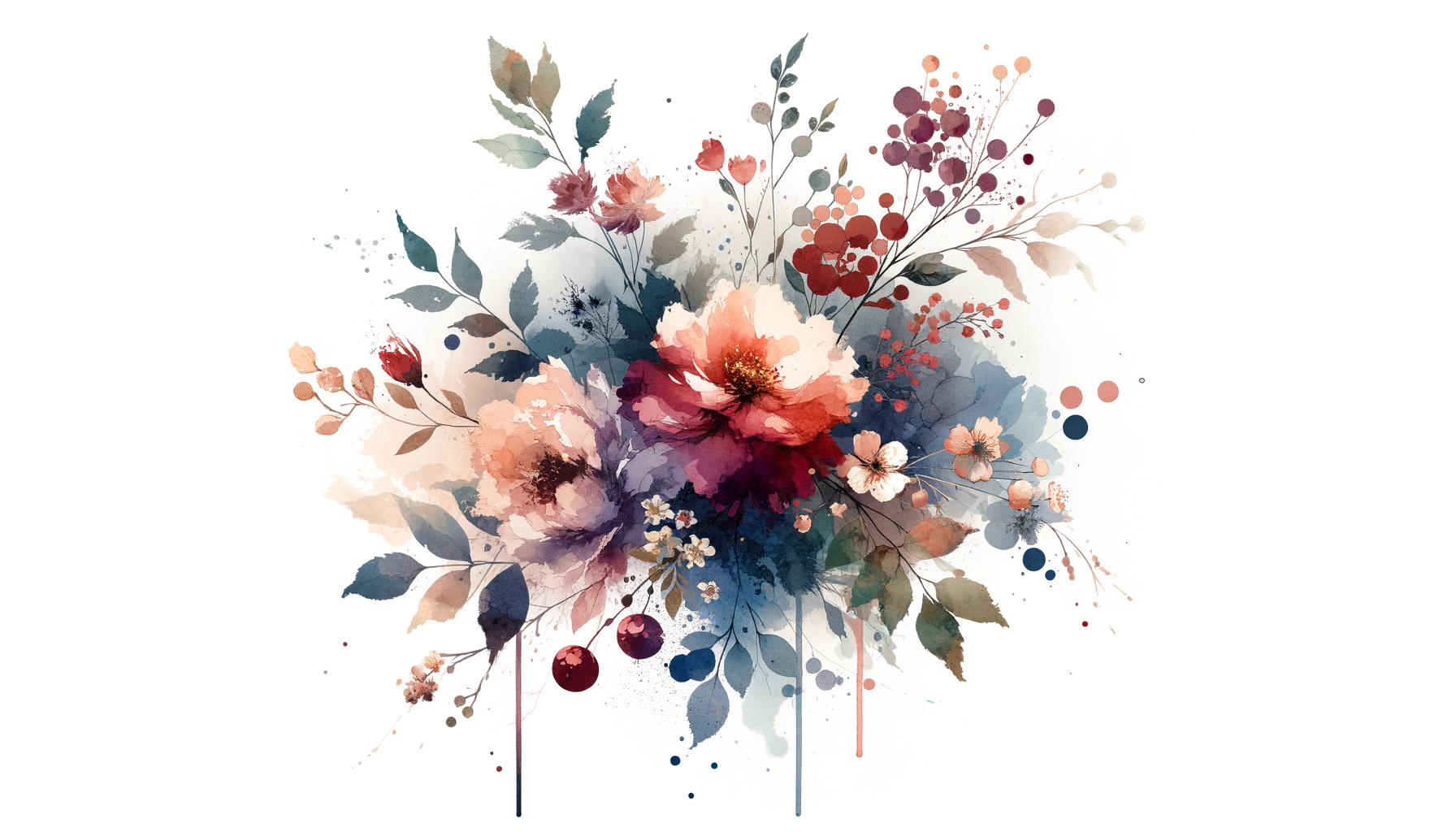Love It or Leave It: Grappling With (and Growing Into) the Place You Call Home
The Love Affair Begins—Kind Of
Santa Fe looks like it was cast in a sepia-tone Instagram filter—the adobe walls, winding dirt roads, and sunsets so vivid they make you check your pulse. Growing up just outside of that picture-perfect frame meant I lived in a paradox. My childhood consisted of riding my bike against a backdrop that tourists traveled thousands of miles to see, but also longing to escape it. Call it hometown fatigue or a case of too much turquoise-and-red-chile-sauce scenery, but I was convinced that life was happening elsewhere—the “elsewhere” being anywhere that didn’t sell bolo ties in abundance.
As a teenager, I couldn’t wait to grow wings and fly (probably to LA or New York, where, I thought, people wore black and didn’t ask if you're “red chile or green?” before handing you a meal). By the time I hit college, though, I started to suspect that maybe my roots weren’t the liability I’d made them out to be. Funny how longing for somewhere far away only works until you’re there—then suddenly, crisp desert air starts to look like an unappreciated gift.
Home Is Where the Heartburn Is
It’s complicated, isn’t it? Loving and resenting the place you grew up. I mean, just like in relationships, it’s the quirks that get under your skin. Santa Fe isn’t just a small town—it’s a small world. Running into your high school biology teacher and your ex in the same coffee shop is just a Thursday here. And nothing will test your emotional fortitude like your barista casually reminding you that “you look so much like your mom when she was your age.” Thanks, Susan, but I wasn’t really looking for a side of intergenerational déjà vu with my latte.
And then there’s the art scene. Oh, the art scene. It’s beautiful and overwhelming, equal parts inspiring and intimidating. My parents owned a gallery, so art wasn’t just something I admired—it was the family business. Every first Friday was spent sweeping gallery floors, nodding along to strangers saying things like, “This really captures the essence of transcendence, don’t you think?” while I secretly wondered if they were describing life or laundry detergent.
Growing up surrounded by that level of creativity gave me a deep appreciation for it, but it also made distinguishing my own voice difficult. What if my creative spark wasn’t as bright as the legends who came before me? What if I was just another kid sketching badly-proportioned horses in the margins of my Spanish homework? (Spoiler: I definitely was.)
You Can Go Home Again—But It’ll Be Complicated
Fast-forward to my adult years, and I find myself straddling that tricky line between staying rooted and running from the familiar. Falling in love with the place where you grew up doesn’t come easy after you’ve made an art form of rolling your eyes at it for two decades. But here’s the kicker: somewhere along the way, I realized my love/hate relationship with Santa Fe wasn’t about Santa Fe. It was about me.
Home is a mirror. It shows you all your scrappy moments and embarrassing missteps. It reveals not just where you’re from, but who you’ve been—and sometimes that reflection isn’t exactly flattering. But that self-awareness also opens the door to acceptance, something I’m still working on one sunset hike at a time.
I’ve warmed up to the tourist shops (love you, hand-carved kokopelli figurines) and learned to lean into the very quirks that used to drive me crazy. Like how the neighborhood mariachi band starts practicing at 7 a.m. during fiesta season, or how the smell of roasting chiles seems to linger on your clothes no matter how many times you hit the spin cycle.
What Loving Where You’re From Can Teach You About Loving Yourself
Coming to terms with your hometown is a lot like navigating a new relationship: there’s an awkward getting-to-know-each-other phase, a disillusionment period, and the choice to stay or walk away. When you take the time to sit with it—to listen to its rhythms, explore its imperfections, and stop holding it to impossible standards—you might just discover a love that feels a whole lot like home.
Here’s what I’ve learned:
- Your past doesn’t define you—but it shapes you. Leaving Santa Fe gave me perspective, but coming back gave me comfort. Your hometown isn’t your ball and chain; it’s your springboard.
- Imperfections make the story. Yes, things like “Santa Fe Time” (Google it) used to drive me nuts, but now? It’s part of the town’s charm. And let’s be real, don’t we all run late for things sometimes?
- You can belong while still wanting more. Loving home doesn’t mean it has to have everything. It’s okay to look beyond where you’re from without turning your back on it.
Finding (and Planting) Your Roots
At the end of the day, your feelings about where you’re from will probably swing back and forth more than an indecisive couple scrolling through Netflix. And that’s perfectly fine. Home isn’t just a place; it’s an evolving relationship, tangled up in memory, identity, and love.
I’ve learned to love the smell of sagebrush after a monsoon, to laugh when someone asks, “You’re from Santa Fe, like Breaking Bad?” (that’s Albuquerque, thanks), and to admit that anything covered in green chile really does taste better.
You don’t have to have all the answers about where you belong—belonging isn’t about finding the perfect fit. It’s about learning to make space for all the messy, complicated feelings that come with it. And in that space, you just might find yourself.




















